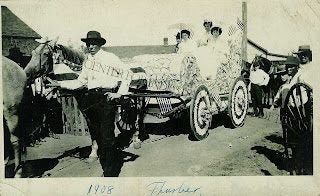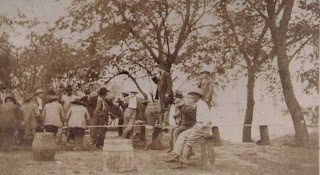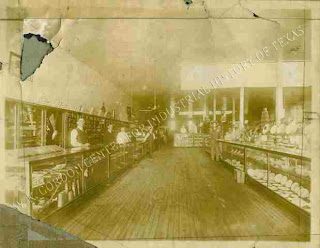Part Two: Coal Formation

By Kyndall Howard
As noted in the previous blog, coal was such an important part of times past, that it materialized in myth and legend. But for Thurberites, the real magic of coal was to provide them with a livelihood, as well as serve their own needs. This blog focuses on the formation process and variety of this interesting substance.
The process of coal formation begins with the production of peat. Though referred to at times as peat coal, this is not technically coal, but the very beginning of the coal making process. Peat, which is a soft substance made of partly decayed plants, and sometimes mineral deposits, turn into coal over time under high pressure and heat.

The three main types of coal are: anthracite, lignite, and bituminous. Anthracite is the highest quality yet also the rarest form of coal. It holds little volatile matter and has a high concentration of carbon. It is slow to ignite with little loss of heat, making this a long lasting form of coal. This type of coal can spark a very hot blue flame. It is a hard black coal that radiates a semi-metallic, glossy sheen. In the United States, there are a few seams in Rhode Island, Massachusetts, Philadelphia and a small concentration in Colorado and Arkansas.
Lignite, also known as brown coal for its dark to black brown coloration, is the lowest grade of coal. It contains the least amount of carbon concentration, though it has more than peat alone. It is sometimes risky to mine Lignite as it is capable of spontaneous combustion, causing hazardous accidents underground.
Between anthracite and lignite, lies the bituminous rank of coal. The first seam of coal (Coal Seam No. 1) in Thurber’s section of Texas, stretched about eighty miles across numerous counties. Bituminous is a black color coal that ranges from shiny (though not as luminous as anthracite) to a duller composition (the duller color resulting in a subbituminous ranking). This coal is dense and compact causing a high heating value that was an ideal and commonly used rank in the electrical and industrious age of United States history, which spanned Thurber’s lifetime.
This, and the previous blog, highlight that this seemingly unassuming substance has many stories to tell. From the saga of its formation, to its appearance in story, coal was the very essence of Thurber.





